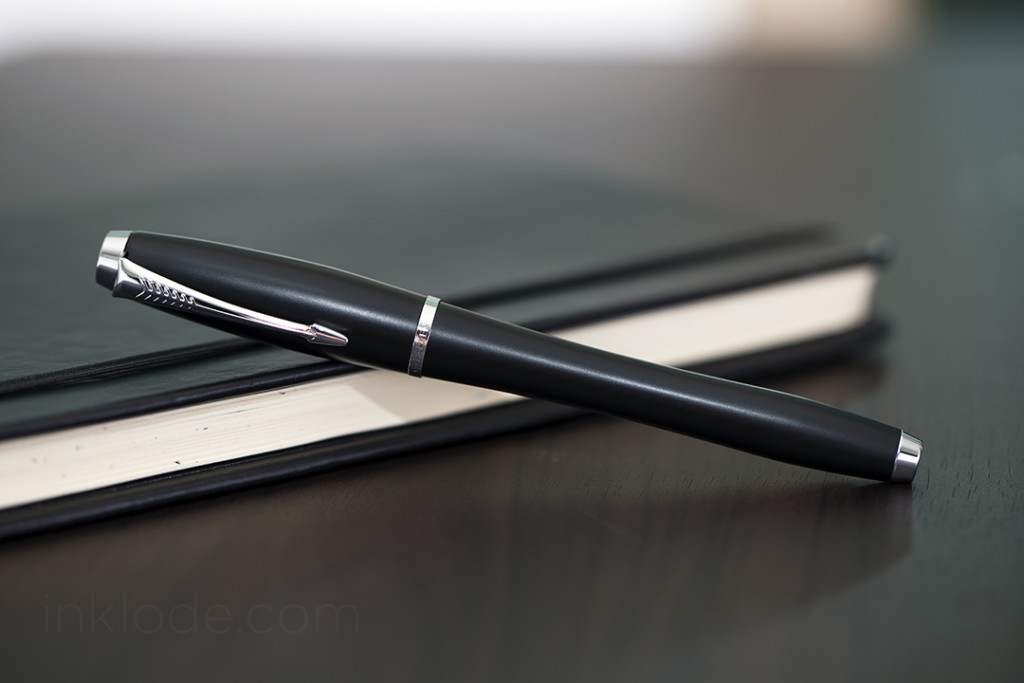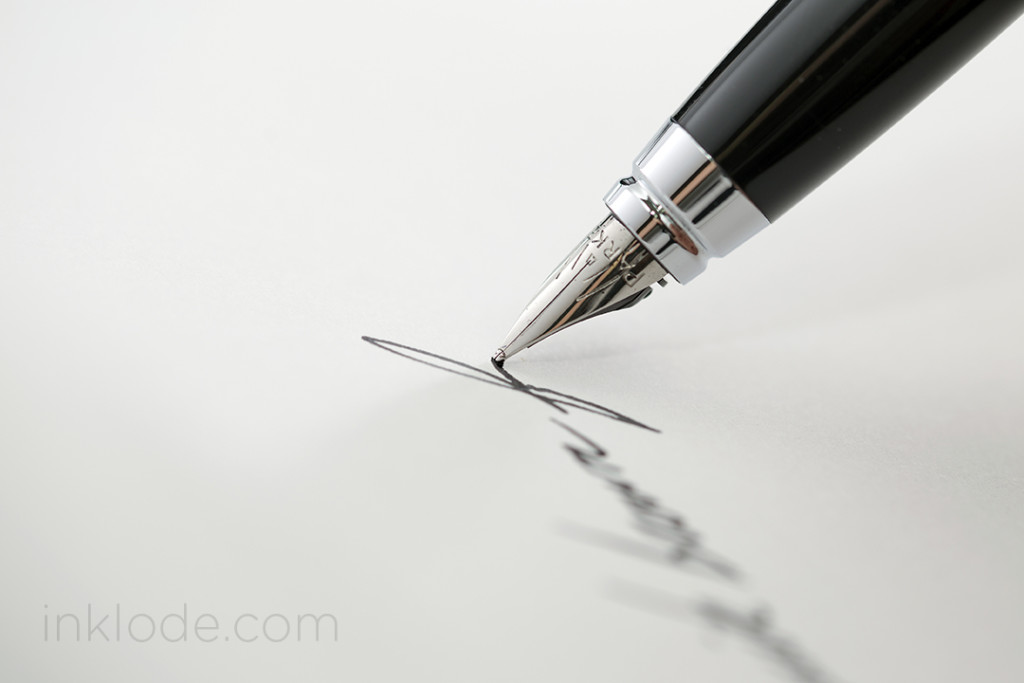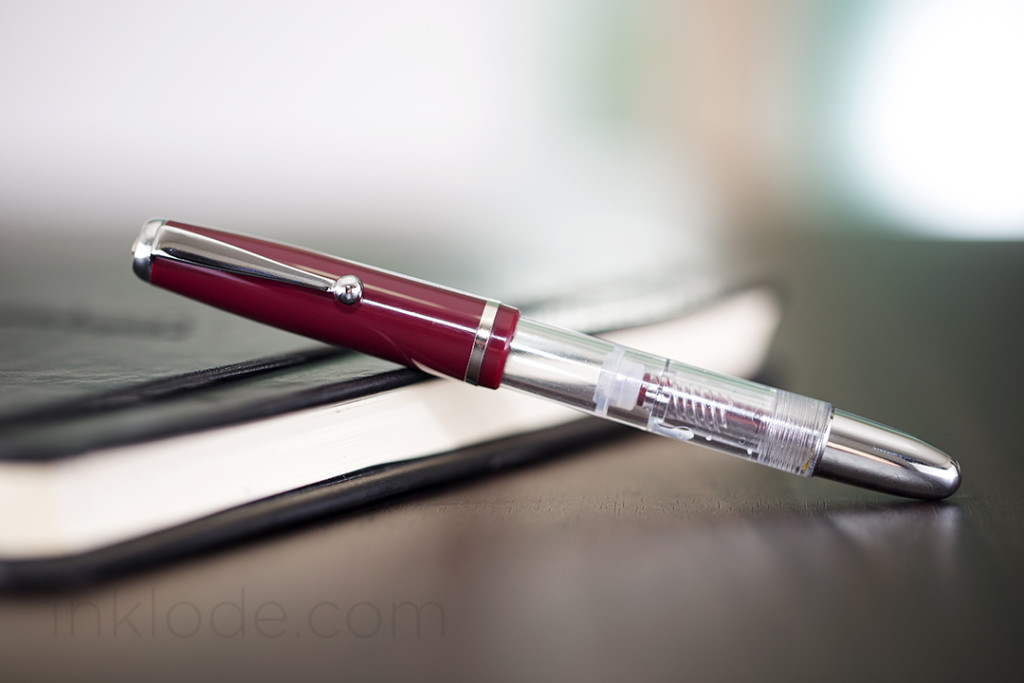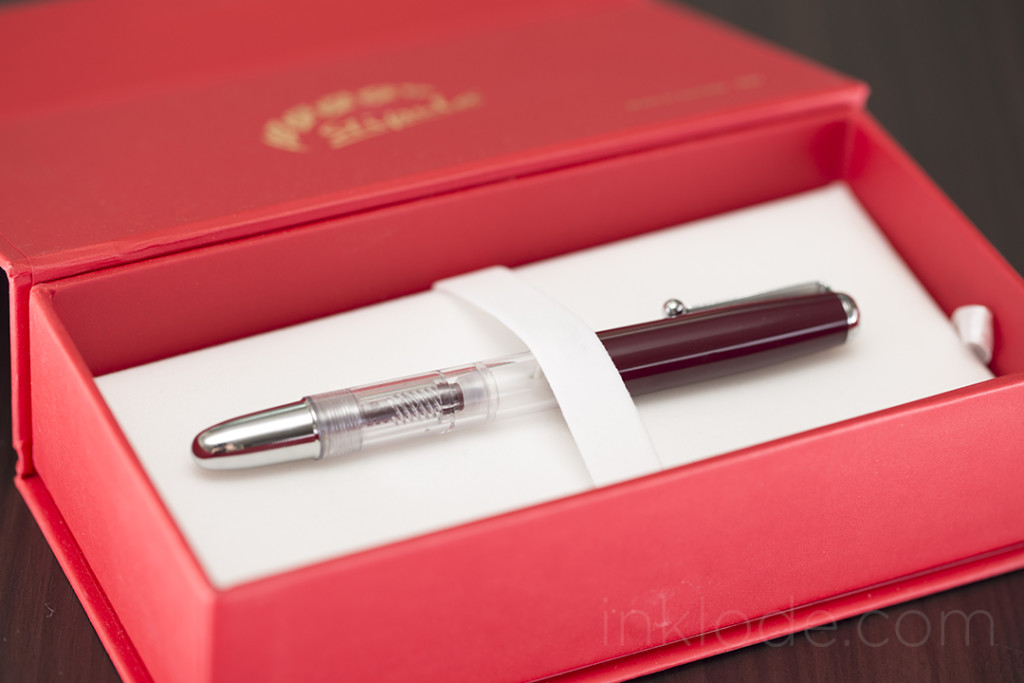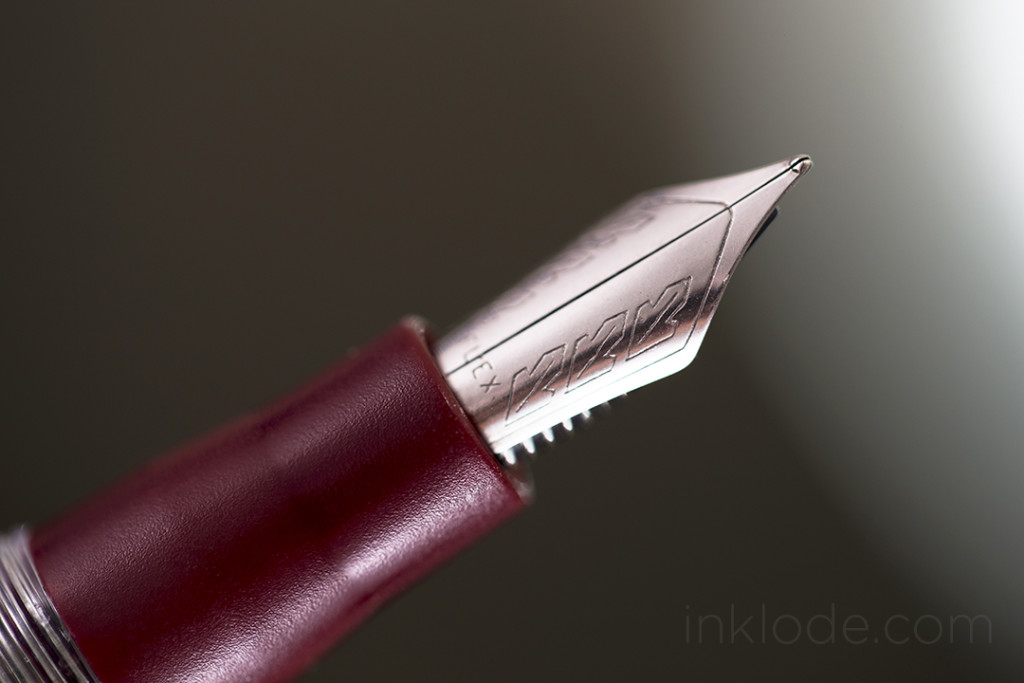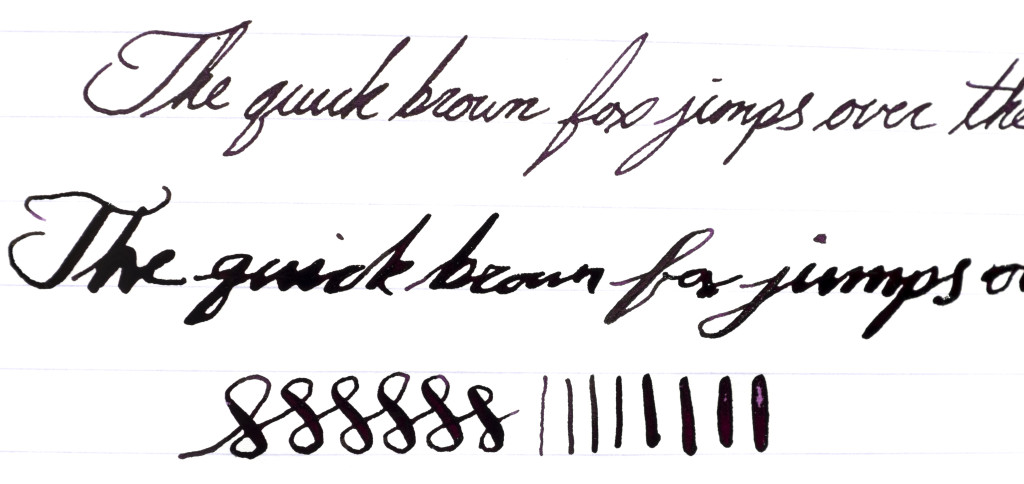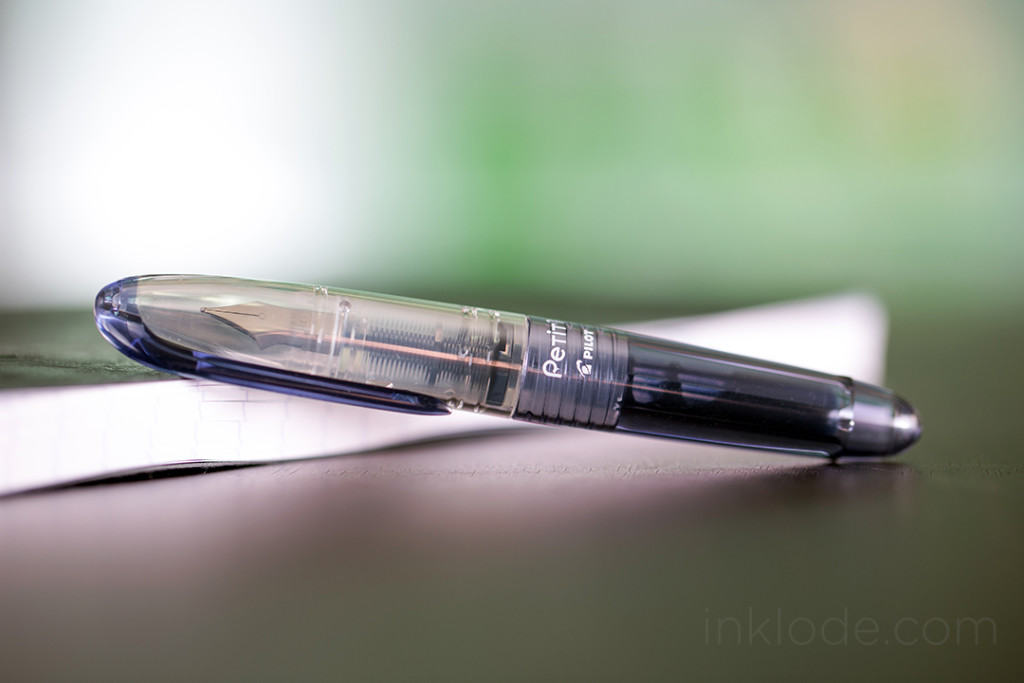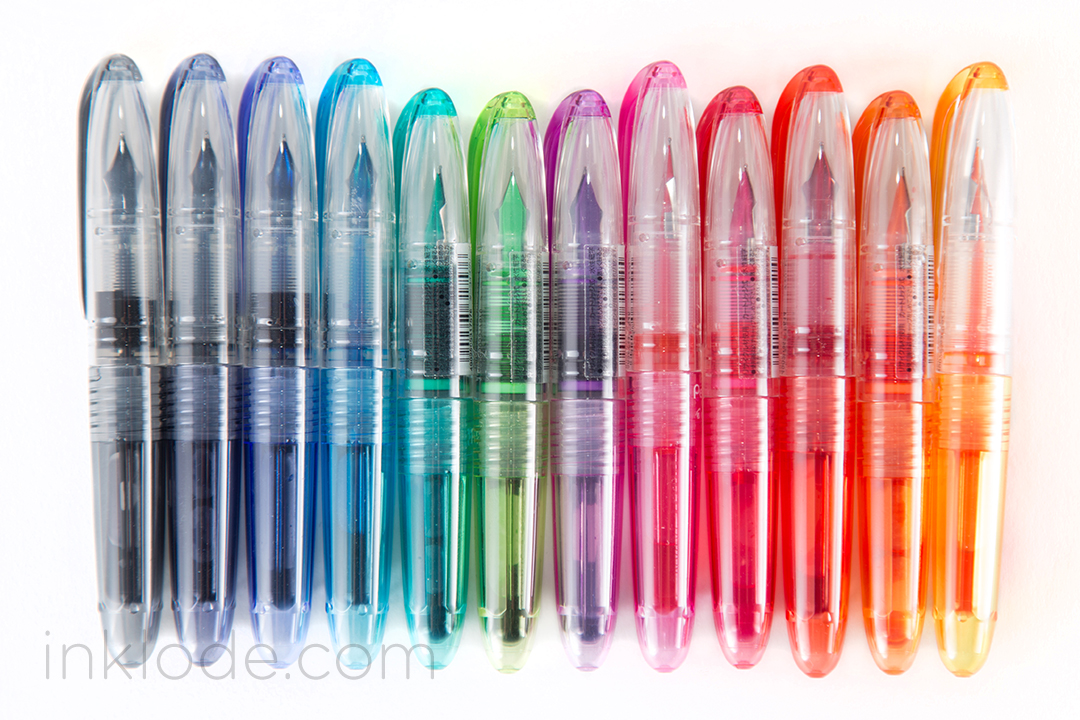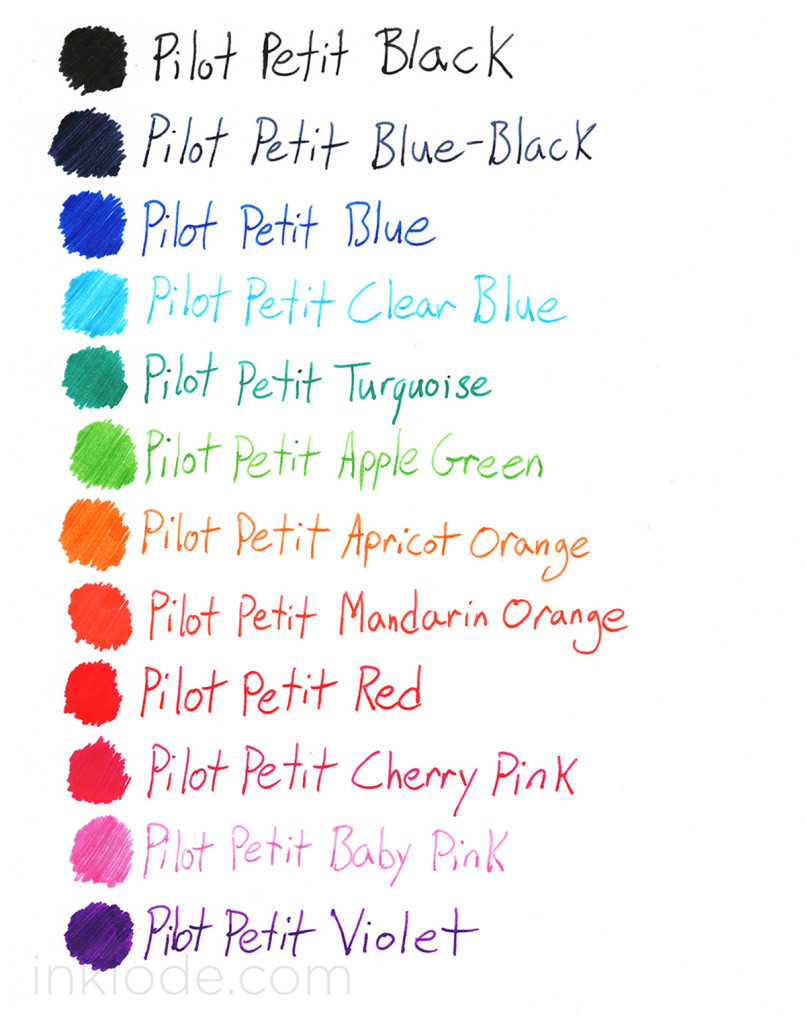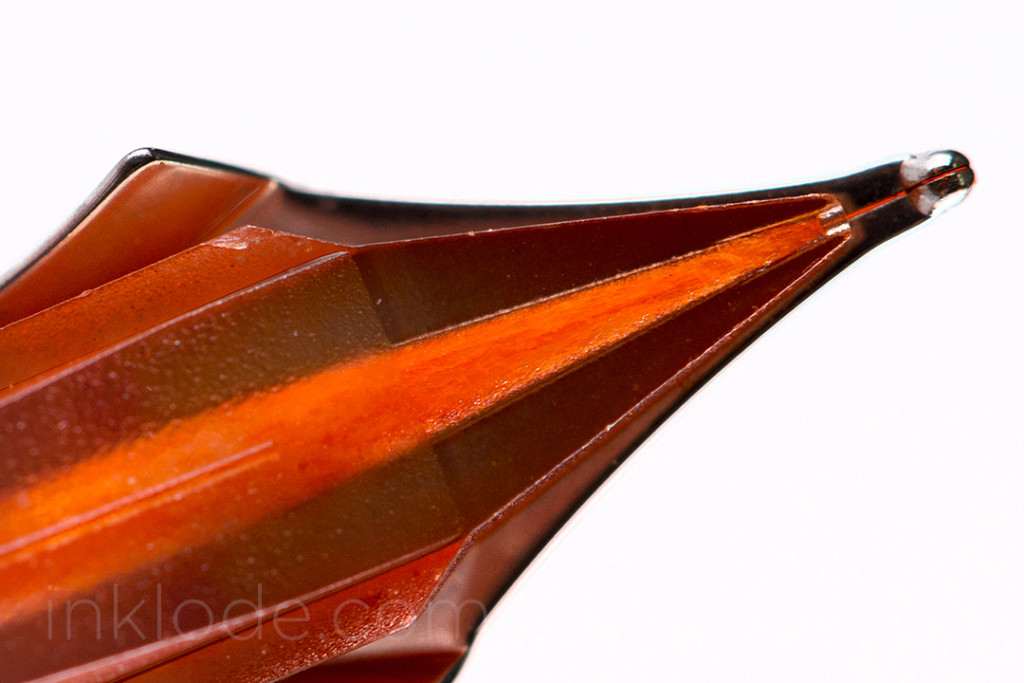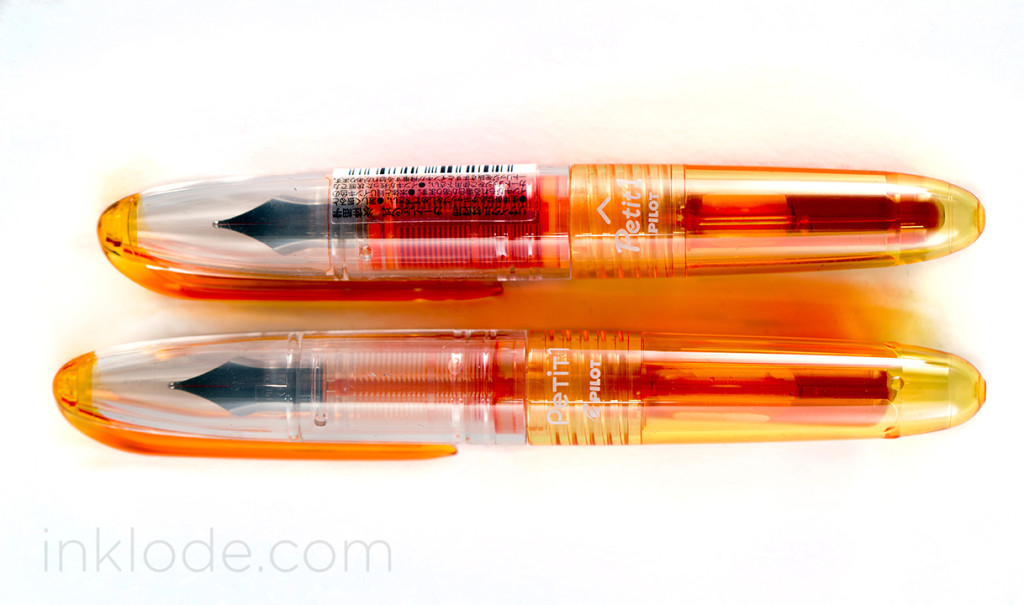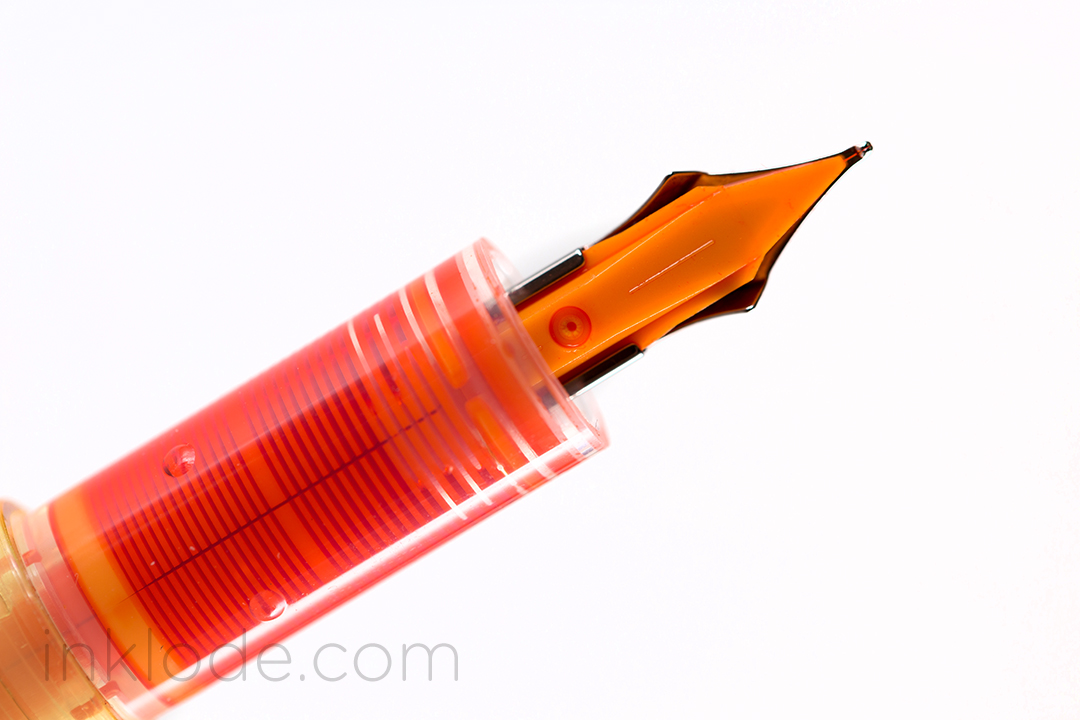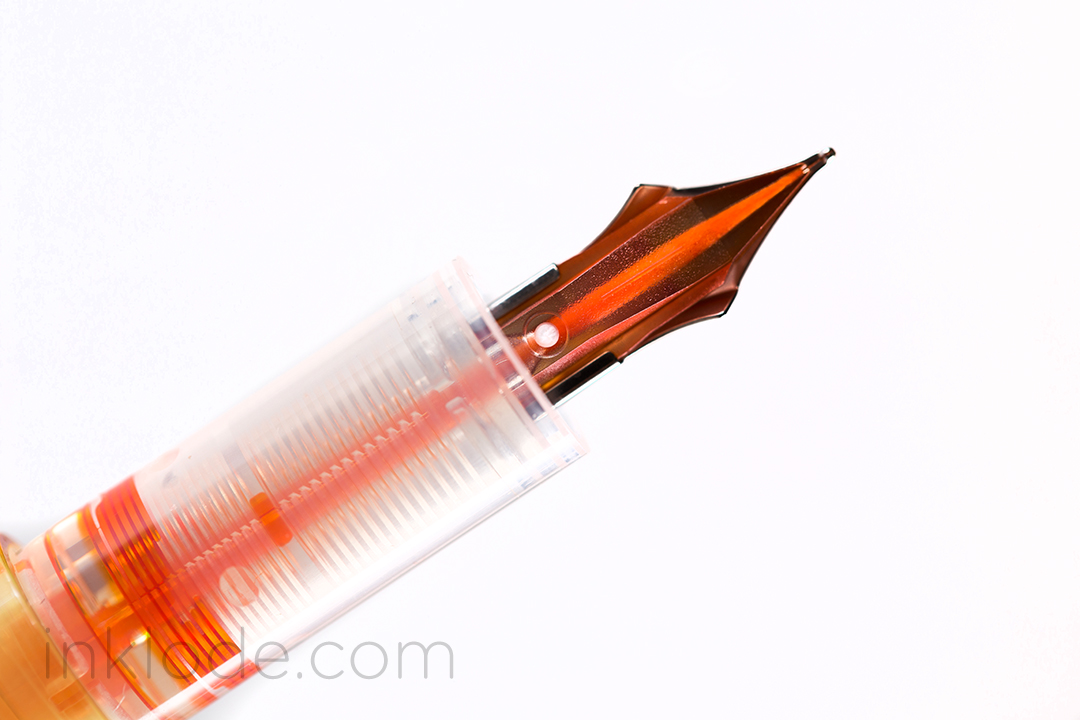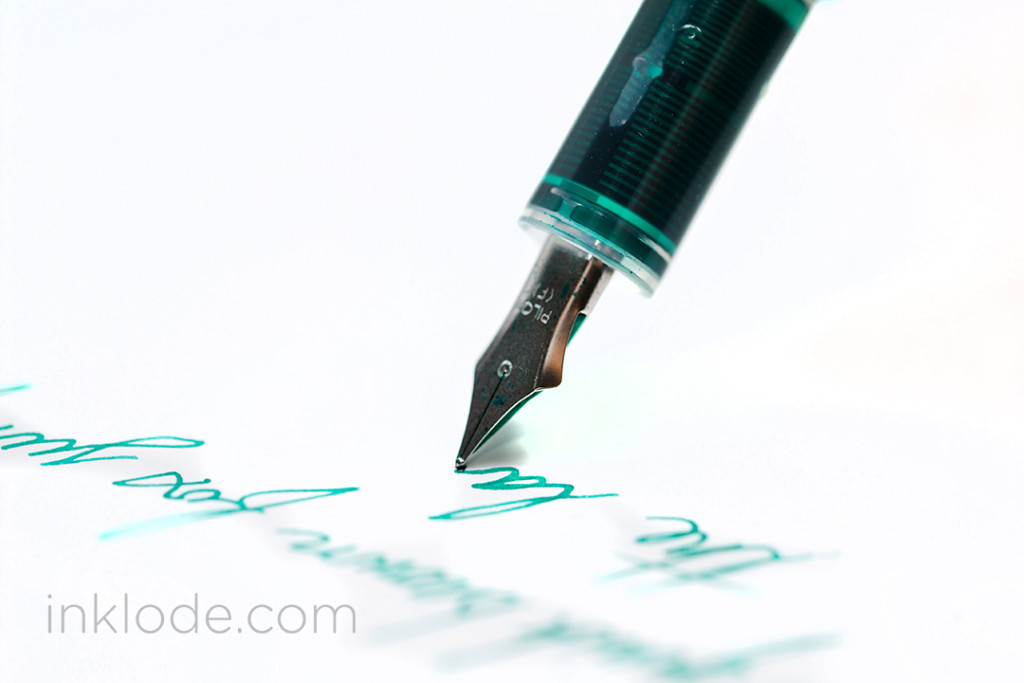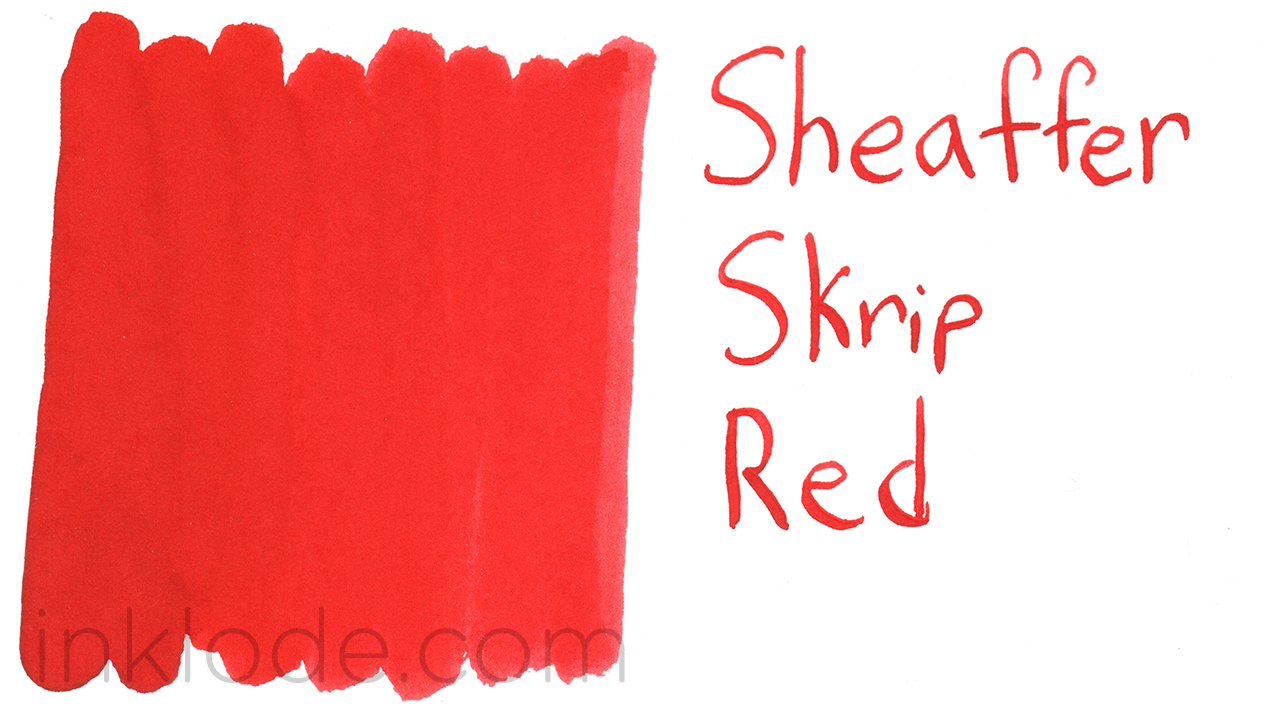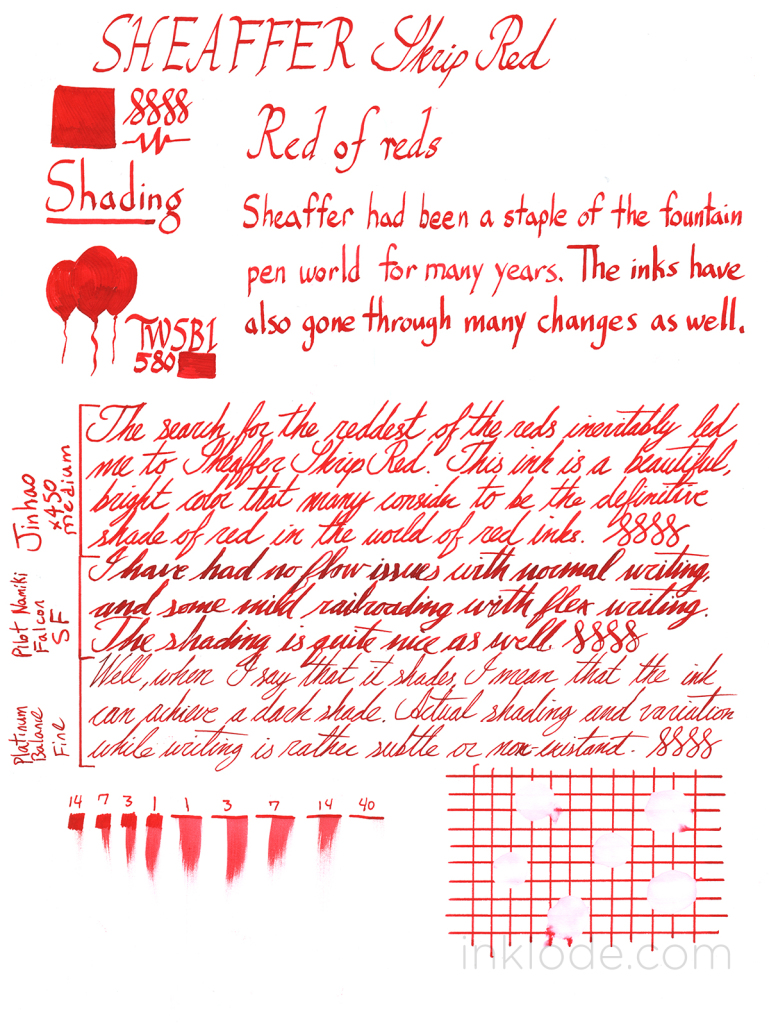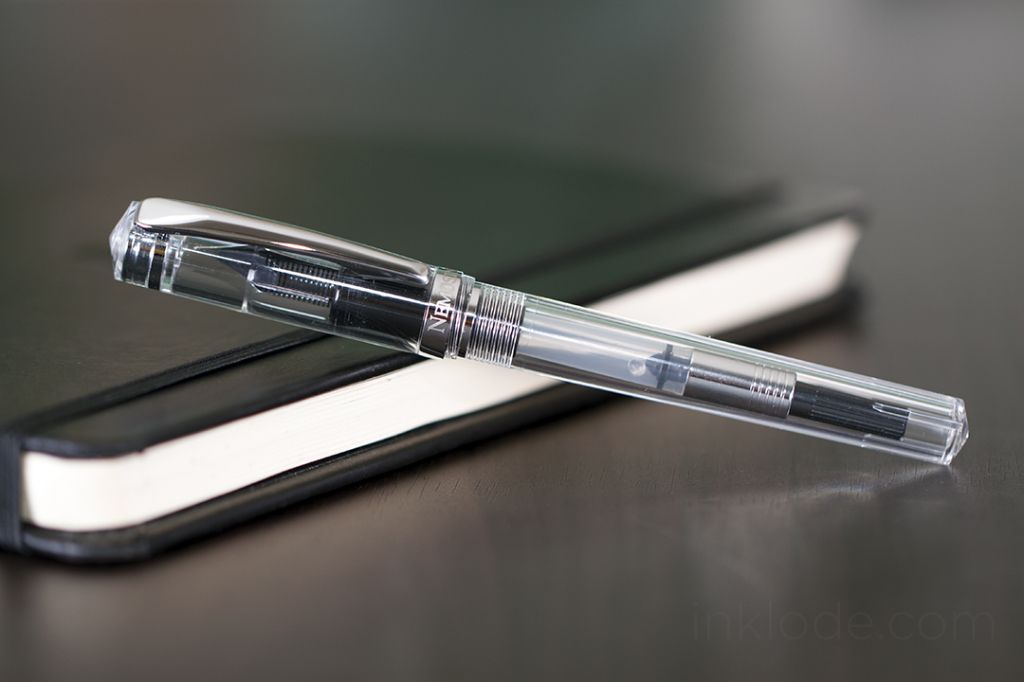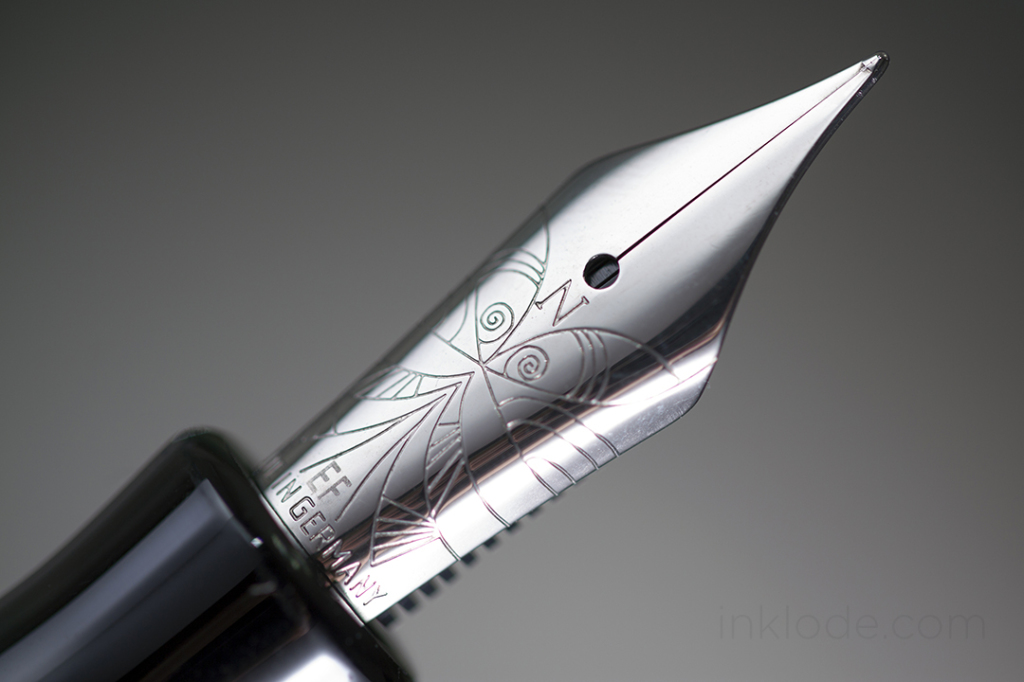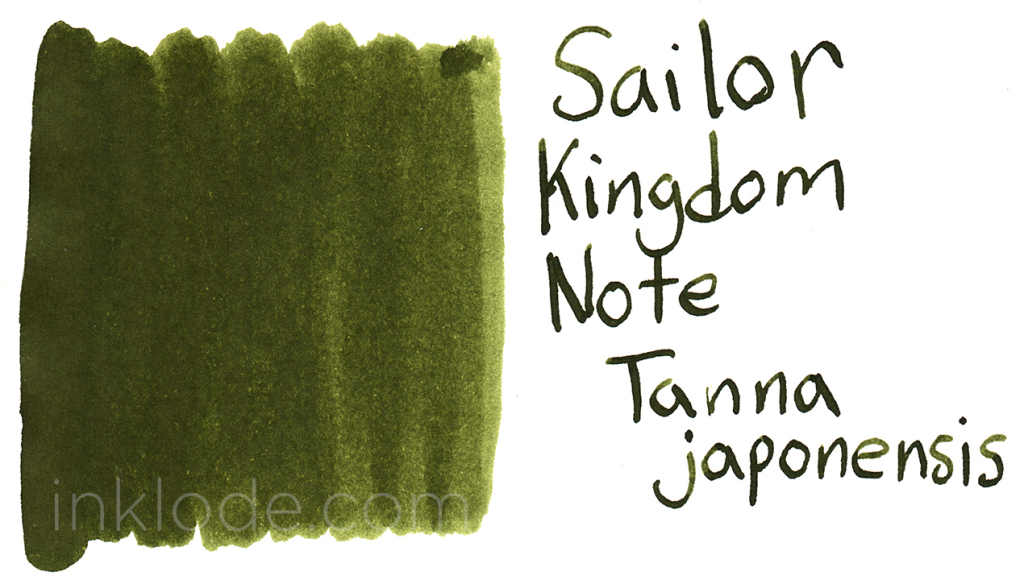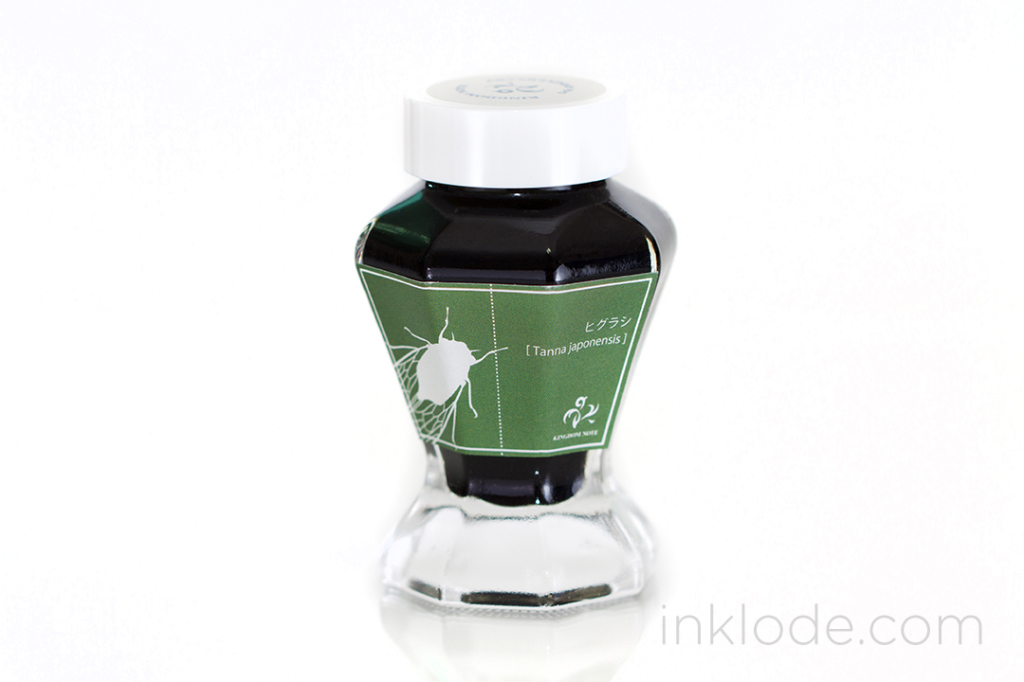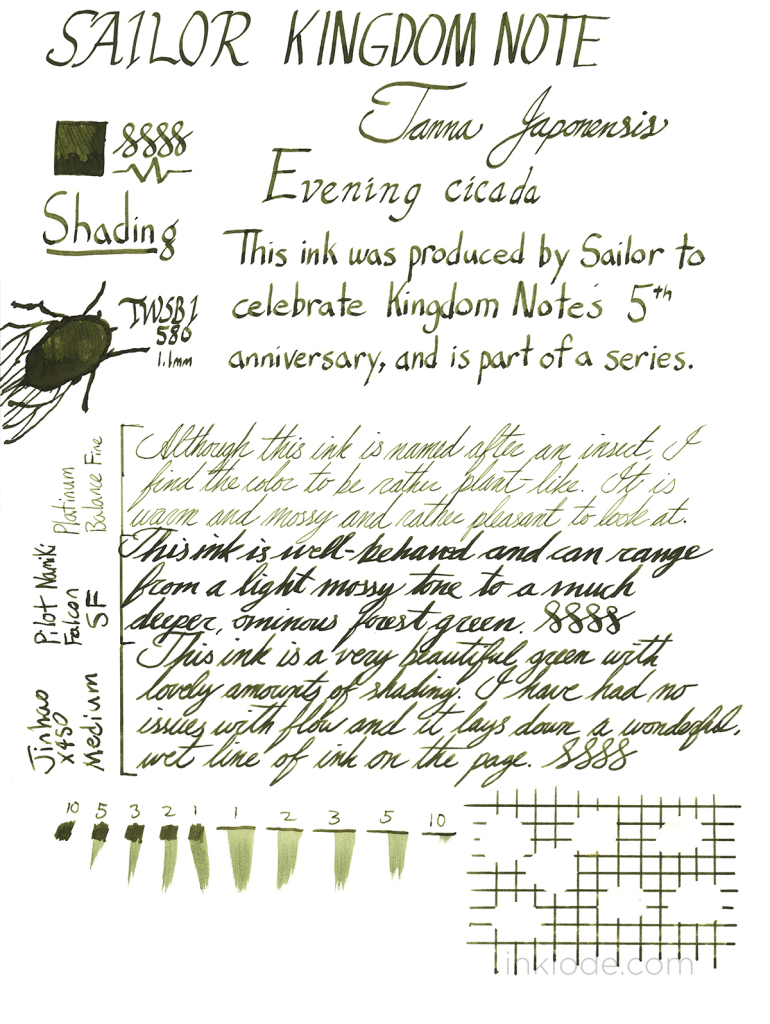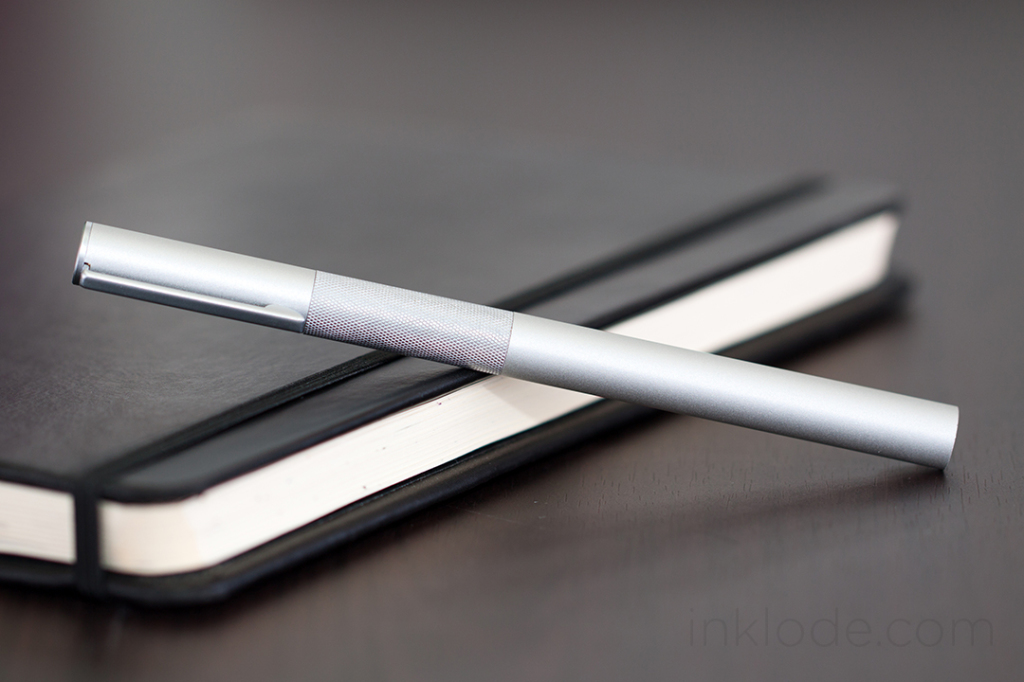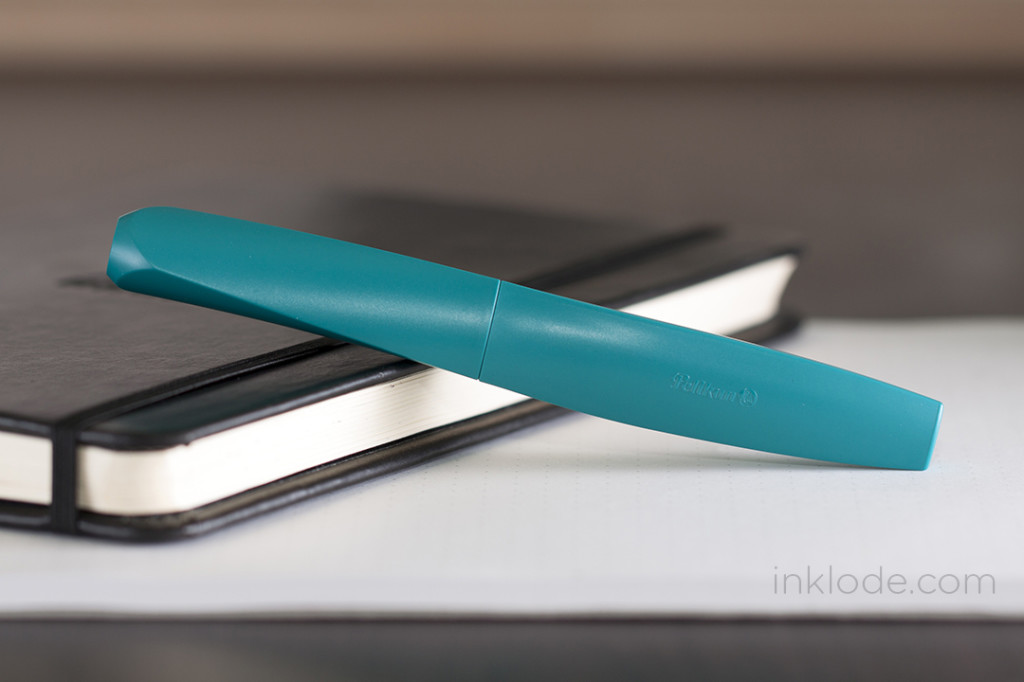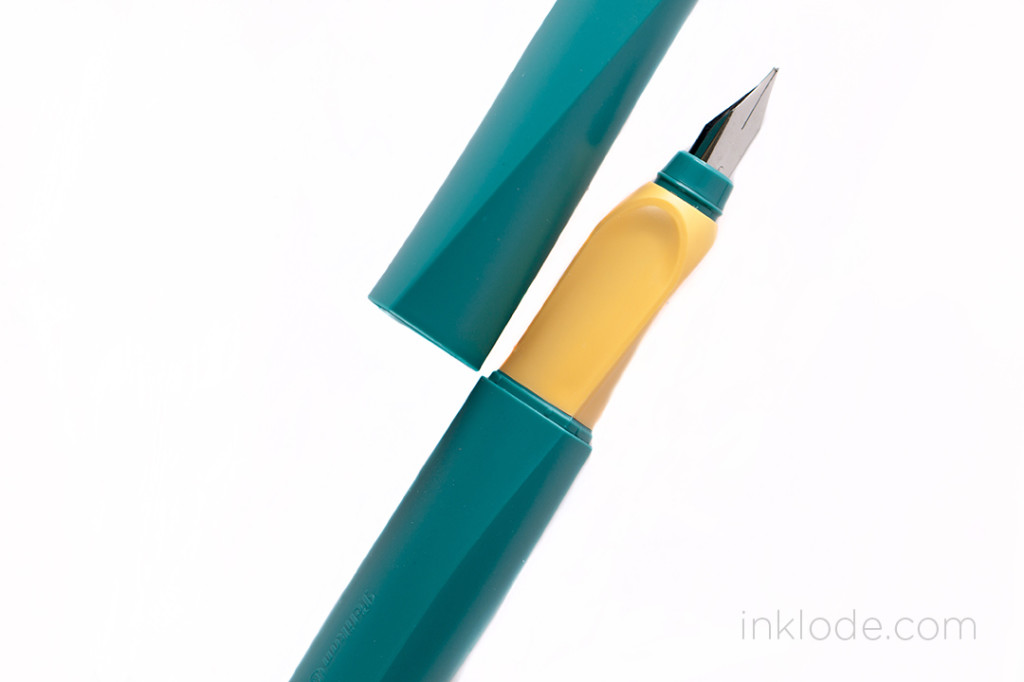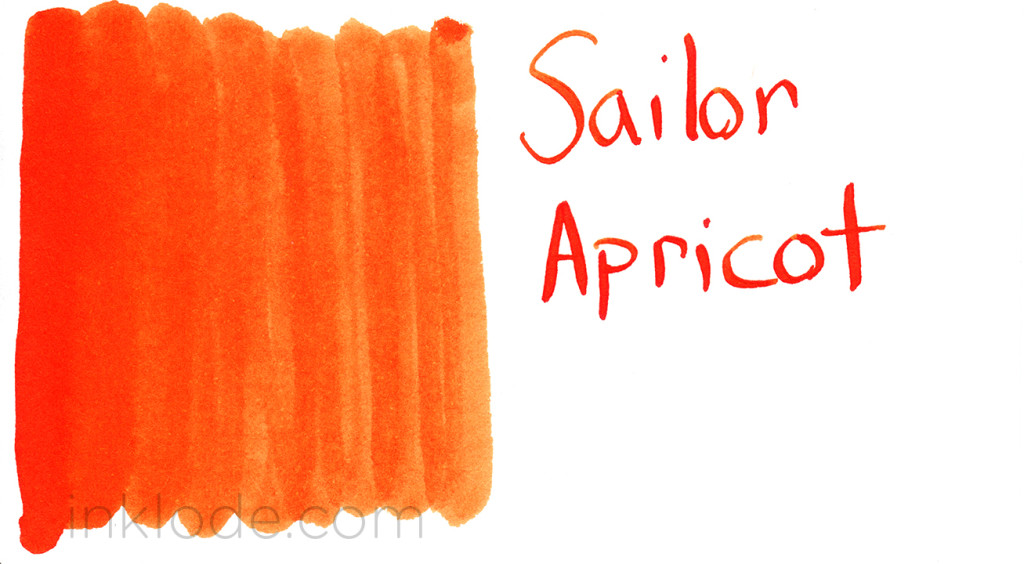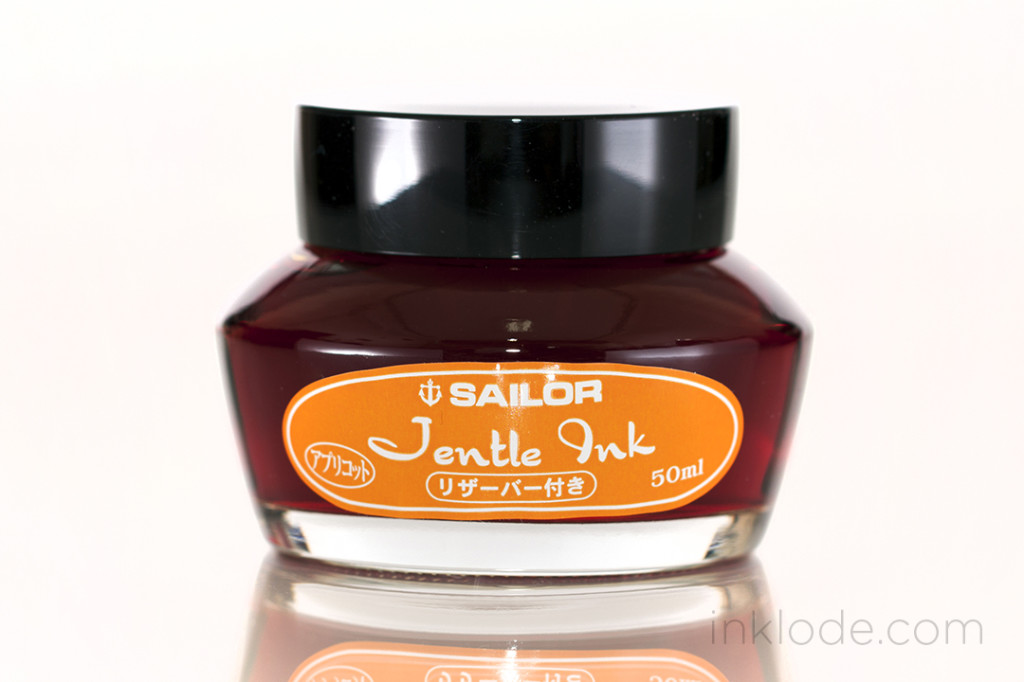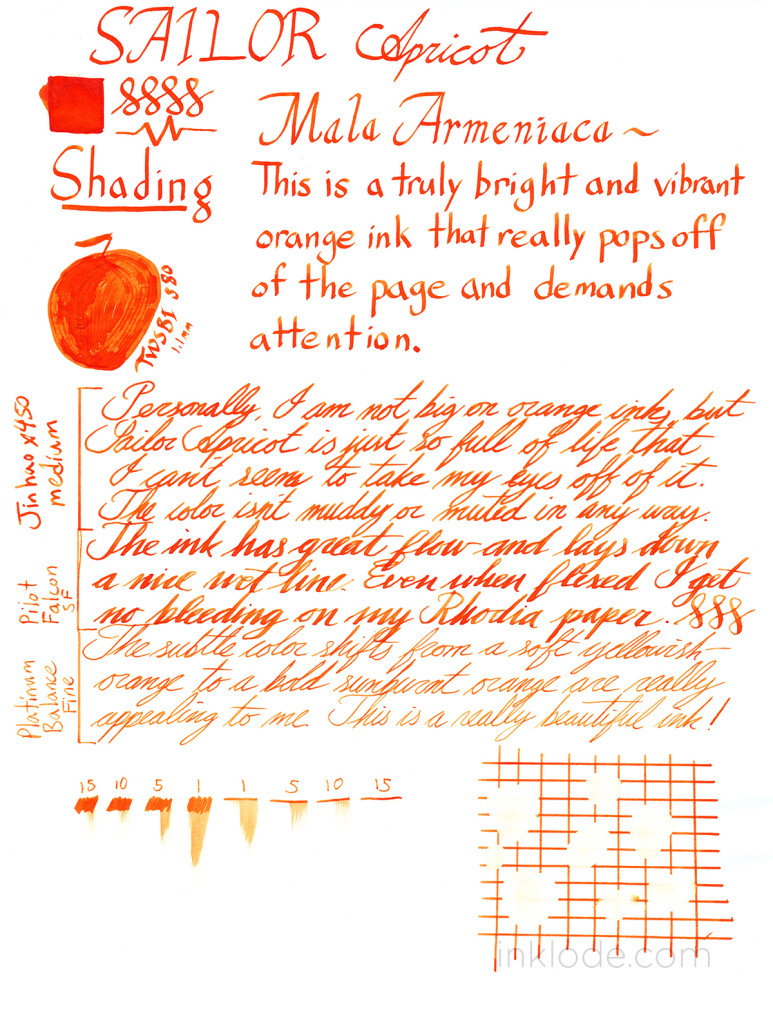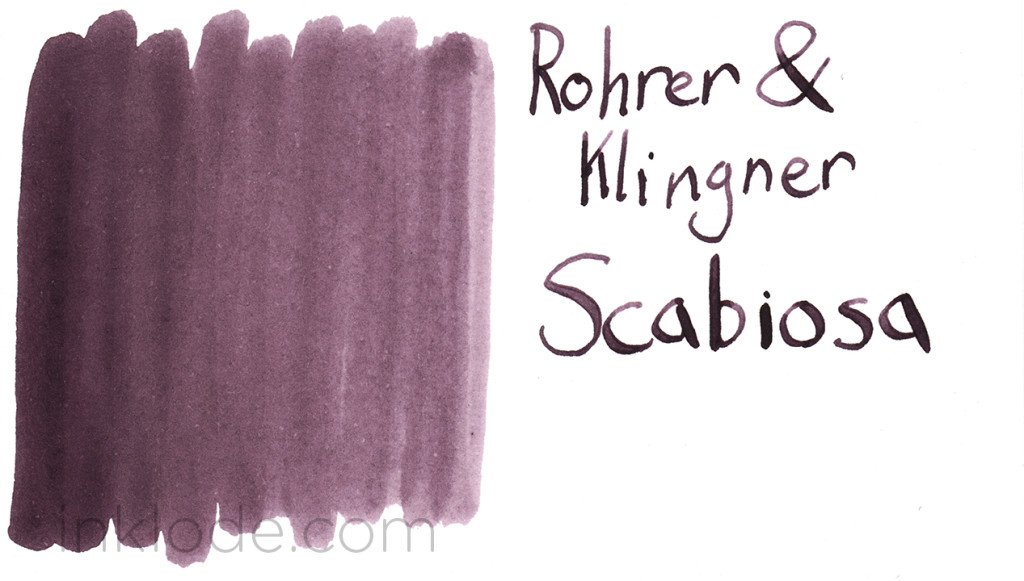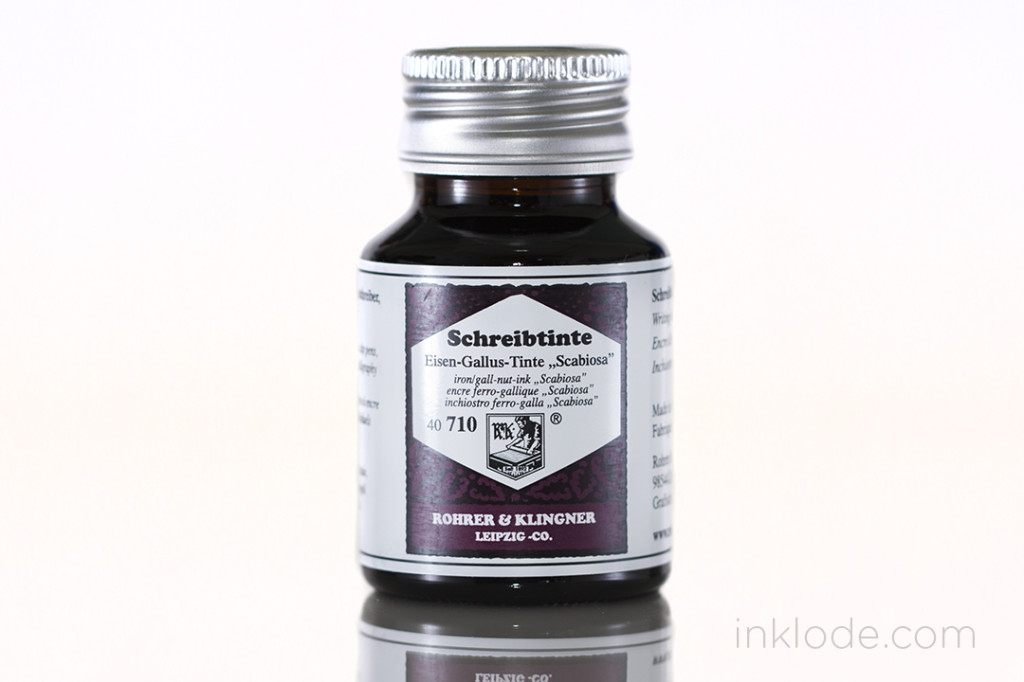Parker Urban
- By Adam
- In fountain pens
- With 5 Comments
- Tagged with fountain pen Parker Urban review
- On 18 Apr | '2015
Throughout fountain pen history, the Parker pen brand has been associated with some amazingly beautiful fine writing instruments. Today, Parker pens have found a much more humble following of fans and enthusiasts. Part of the reason for this shift may be due to the fact that Parker have downplayed their role in making entry-level fountain pens and have been focusing on their higher-end luxury lines. However, that isn’t to say that they have completely abandoned the more affordable price ranges. The Parker Urban is a perfect example of a fountain pen that is both sleek and reliable.
Appearance and Design
The Parker Urban features a sleek, elongated pear-shape where the undulated contour of the barrel and cap make the pen seem like the body was given a slight squeeze towards the back. I find this design to be very appealing and the pen feels really nice to hold. Gripping the pen is easy and, while some may find the step down from the grip to the barrel to be too steep, the grip does not feel slippery or uncomfortable to write with. While Parker saw fit to make the pen in a variety of colors, I still found myself drawn to the matte black with silver trim. The snap-on cap features Parker’s iconic arrow clip and the bottom cap band is engraved with the word “Parker” accompanied by their logo. The back of the pen is balanced out with silver trim to balance out the trim on the cap. Most of the pen is constructed of steel which gives the pen a good amount of heft. The pen itself is well constructed and I found no flaws or blemishes from the manufacturing process. The nib is incredibly small and seems like it was given the appearance of a hooded nib without actually being one. The feed is simple in appearance and is equally small to match the nib. Nib decoration is a few simple markings with the word Parker engraved across it. Posting is easy and the cap feels somewhat secure, but a good jostling could certainly convince the cap to go flying off into the ether. The pen is accompanied by a plunger-style converter and also accepts cartridges.
Writing Experience
Despite the nature of the construction material, the Parker Urban does not feel too hefty to write with. While posting the pen does make it feel a bit too back-heavy, it is not nearly as uncomfortable as posting some other all-metal pens I have used previously. The nib, though small, puts down a very smooth and wet line. While you may be able to coax a tiny bit of flex out of it, the nib is certainly not designed for it and I do not recommend flexing it. That being said, the pen can be comfortable to write with for extended writing sessions and will put down a consistent amount of ink. The feed seems to have no trouble keeping up and I have never had any experiences where the pen skipped or ran dry.
Conclusion
The Parker Urban may not be as fancy as a Parker Vacumatic of old, but it is a smooth writing pen that comes in a sleek and stylish design. Although the price may seem a bit high, I still think I can give this pen my recommendation. It is a fun, yet classy, looking pen that could certainly become a sturdy every-day-carry. So if you already have a few pens in your arsenal and are looking to try out an affordable, modern Parker pen, the Urban is worth a look.


